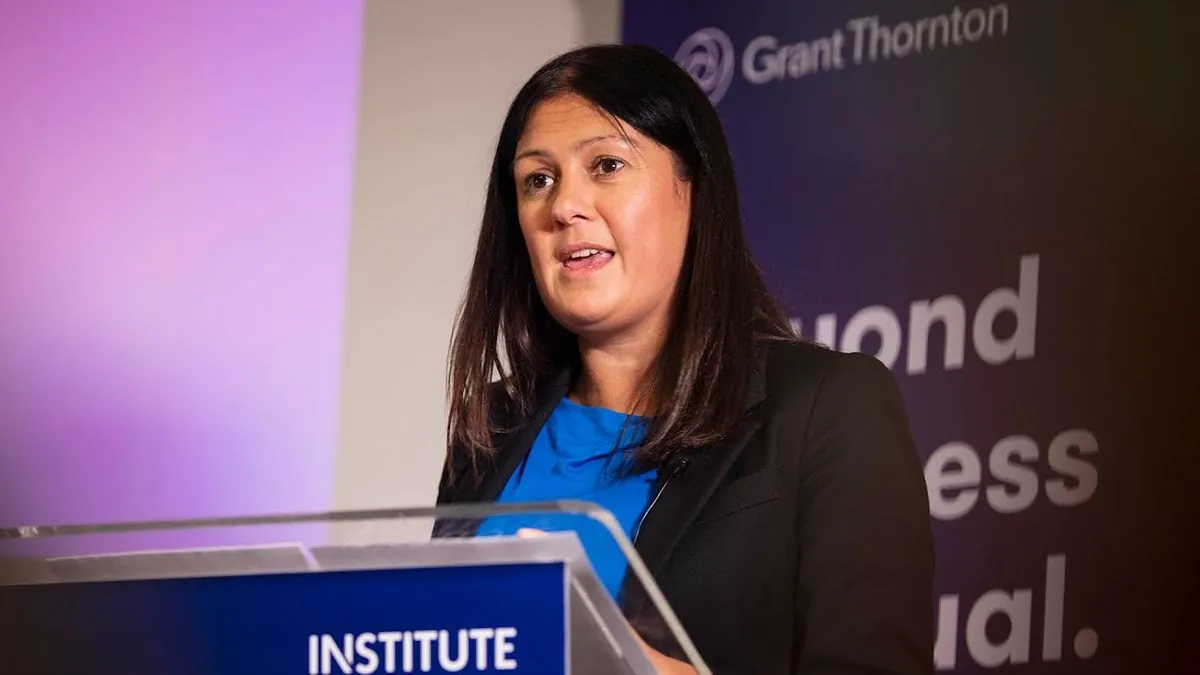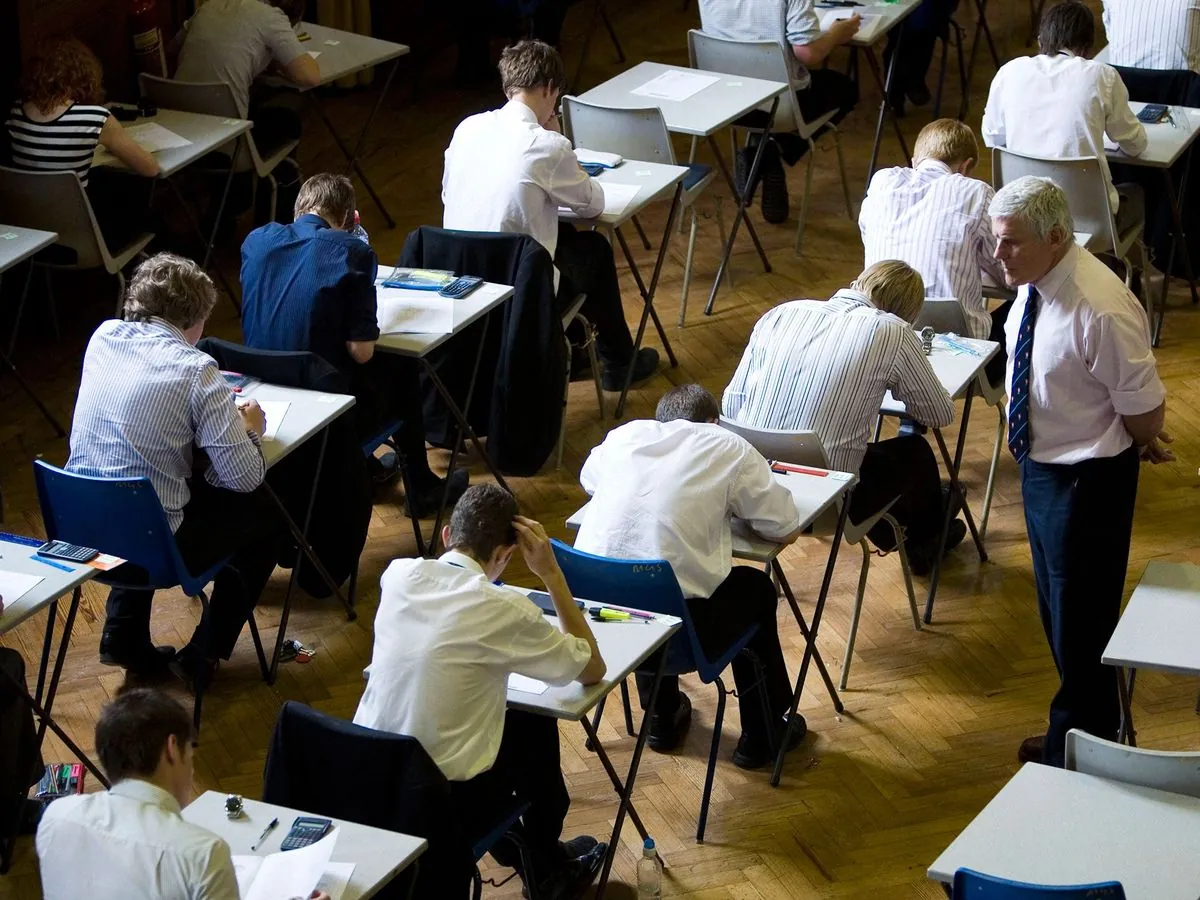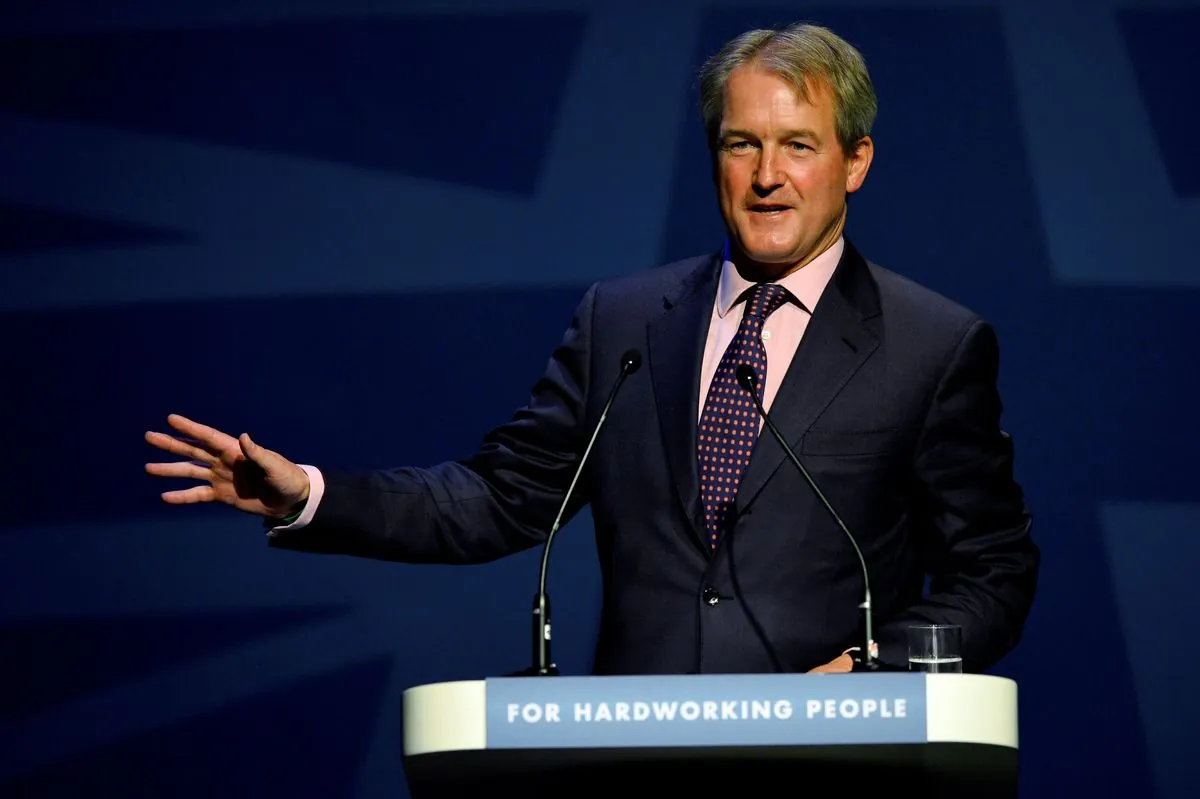Mind-Controlled Chess: Neuralink's First Patient Makes Historic Move
Noland Arbaugh, the first recipient of Neuralink's brain chip, made a groundbreaking chess move using only his mind. This milestone showcases the potential of brain-computer interfaces in improving lives of paralyzed individuals.
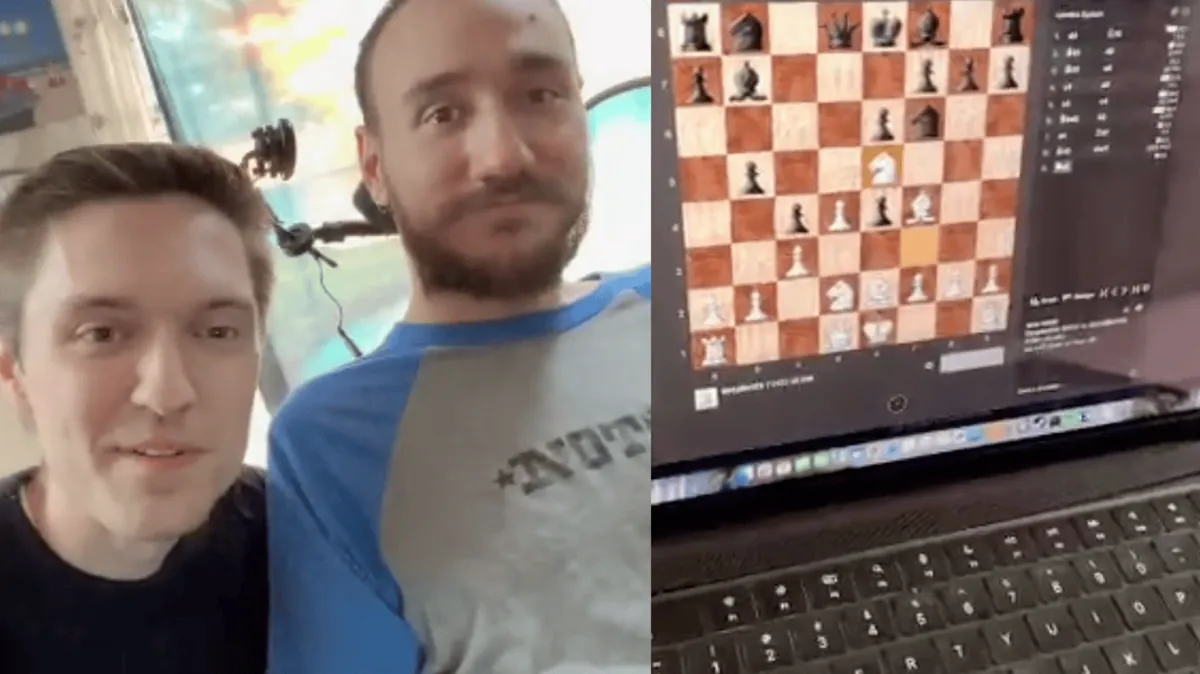
In a groundbreaking moment for neurotechnology, Noland Arbaugh, the first recipient of Neuralink's brain chip, recently made the opening move in the Speed Chess Championship using only his mind. This event, which took place approximately 8 months after Arbaugh received his implant, marks a significant milestone in the field of brain-computer interfaces (BCIs).
Arbaugh, a 30-year-old quadriplegic, has experienced a remarkable transformation since receiving the Neuralink implant in January 2024. The device, which consists of 64 threads with 16 electrodes each, is planted in his motor cortex, the area of the brain responsible for controlling hand movements. This technology allows Arbaugh to move cursors on screens and control virtual fingers through thought alone.
The impact of the implant on Arbaugh's life has been profound. He reports feeling more independent and capable, with renewed hope for pursuing education and employment opportunities. Chess, which became a significant part of his life after his accident, has now become a portal to the wider world.
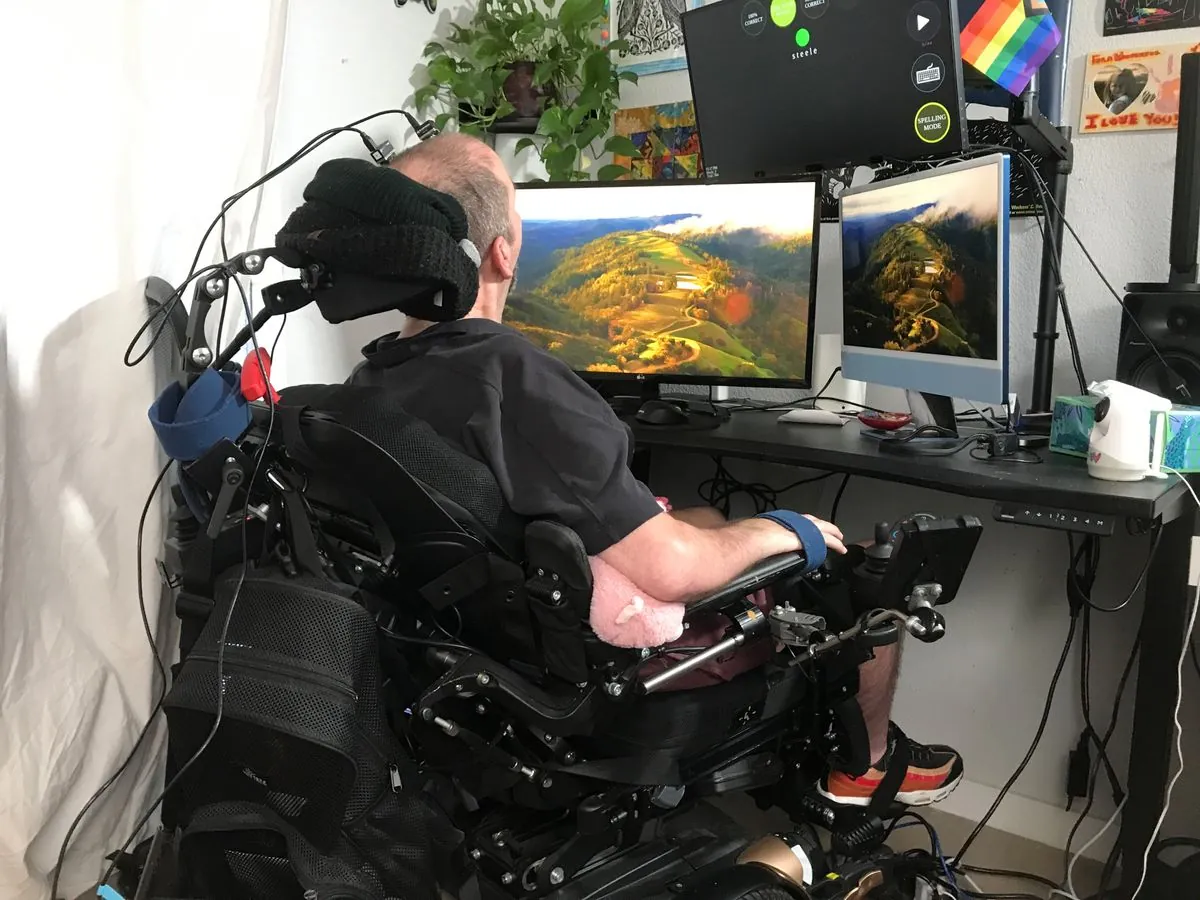
However, the journey has not been without challenges. Shortly after the initial success, some of the chip's connective threads retracted in Arbaugh's brain, temporarily reducing the efficacy of his commands. This setback was difficult for Arbaugh, but it ultimately led to improvements in the technology for future recipients.
Arbaugh's involvement with Neuralink began in 2016, the same year he suffered a swimming accident that left him paralyzed below the shoulders. His selection as the first human recipient of the Neuralink implant came after a rigorous application process and careful consideration of the potential risks.
The field of BCIs has seen significant advancements since the first human trial in 1998. Experts are optimistic about the future potential of this technology, with some believing it could eventually lead to a cure for paralysis. Arbaugh shares this hope but remains pragmatic about his expectations.
"I think in my lifetime, it's definitely possible to cure something like paralysis, so I'm really hopeful for that. If I can make it where no one ever has to be paralyzed ever again, I think it's worth going through what I've been through."
Arbaugh's experience has thrust him into the spotlight, gaining him a significant following on social media and appearances on popular podcasts. More importantly, his story has inspired hope in others living with paralysis, showcasing the potential of BCIs to improve lives.
As the global brain-computer interface market continues to grow, with projections reaching $3.7 billion by 2027, Arbaugh's historic chess move serves as a powerful demonstration of the technology's potential. While challenges remain, the progress made through Neuralink and similar initiatives offers hope for a future where severe paralysis may no longer limit human potential.































